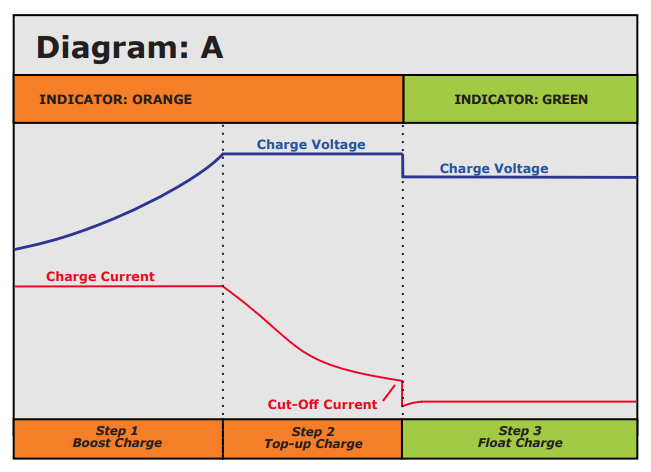LiFePO4 batteries are STCd to start PT6 and PW150 turbines, and there is no requirement in the STC to swap the battery out for a classic one when the temperature drops below zero…
The hardly work at sub zero temperatures, poor cranking power. I haven’t tried myself, but that is what I have heard.
I suspect that you have heard an atypical anecdote. My ETX900 happily spins an O-360-A1AD in winter. Much faster cranking than with the previous Concord battery.
The manufacturer’s specified operating temperature range is -30 °C to +60 °C. If the aircraft was cold-soaked below -30 C I would be inclined to preheat engine, battery and EFIS/Avionics.
LeSving wrote:
The hardly work at sub zero temperatures, poor cranking power.
I’m not sure about “real” subsero temps, but for some years I had xracer lithium 3 (18Ah, 240A, ca 1kg) on my Falke TMG with 1700 cc limbach.
No problems in -10..-15C,
Identical to the graph up there. LiFePo4 is certainly not a no brainer. The hardly work at sub zero temperatures, poor cranking power. I haven’t tried myself, but that is what I have heard. But then again, the same can be said about different lead-acid batteries for which I experienced that very thing a couple of months ago. LiFePO is the future of course? but it seems to me to really get a 1 to 1 replacement requires a considerably larger LiFePO battery than what is currently offered as a 1 to 1 replacement.
LiFePO batteries are identical.
In what way “identical”?
Now that changing from lead/acid to LiFePo batteries has become an economical “no-brainer” for most light GA operators, we notice slightly higher charging and bus voltage, negligible self-discharge from month to month, higher charging current, and higher starting current.
I stand corrected, thanks.  Must be going senile. I’ve had my unit for some years now and it does remember the setting so it always comes on with the correct setting, if not changed.
Must be going senile. I’ve had my unit for some years now and it does remember the setting so it always comes on with the correct setting, if not changed.
chflyer wrote:
Others in my hangar use the Ctek charger which also works on AGM batteries (…). It recognizes the battery type and goes into float mode to keep the battery charged.
Err… No. You have to choose the “normal” or “AGM” program manually. See page 4 of the manual (second page of the PDF).
Settings are made by pressing the MODE-button.
Peter wrote:
I found this by googling on battery charging voltage temperature dependence and it contains this table
And here is the manual for the RG series. I have been using this battery (RG24-15) for many years and keep it charged using the VDC BatteryMinder model which is specifically designed for the Concorde RG batteries: 24041_AA_S2_S3_S5_pdf This model has a temperature lead for attaching to a battery post so that it can adjust the charge based on battery temperature. It has a charging curve similar to the one in diagram A below and can be kept connected permanently.
Others in my hangar use the Ctek charger which also works on AGM batteries and seems to do a good job. It recognizes the battery type and goes into float mode to keep the battery charged.
Yes; a trickle charge is probably the best thing, but is not feasible unless you have your own hangar (or similar) where you can plug it into the mains, and you have a suitable connector on the outside of the aircraft.
I would still say the single one thing you can do to get the most out of the battery is to keep it charged continuously with an electronic charger.

Let’s say you fly once every other week or something similar. The only thing your battery sees is some kind of top-up charge at constant voltage, with an arbitrary current, which in case the battery is poorly charged to start with, will be way to high. It never sees the boost charge at constant current and regulated voltage. It never sees the top-up charge with monitored current and regulated voltage. Most importantly, it never sees the float charge at low voltage.
Boost charge with too high current (which is what you get when the current is un-regulated) will shorten the life unnecessary. Float charge will prolong life. LiFePO batteries are identical. Li-Ion are almost the same, but Ni batteries are completely different animals.